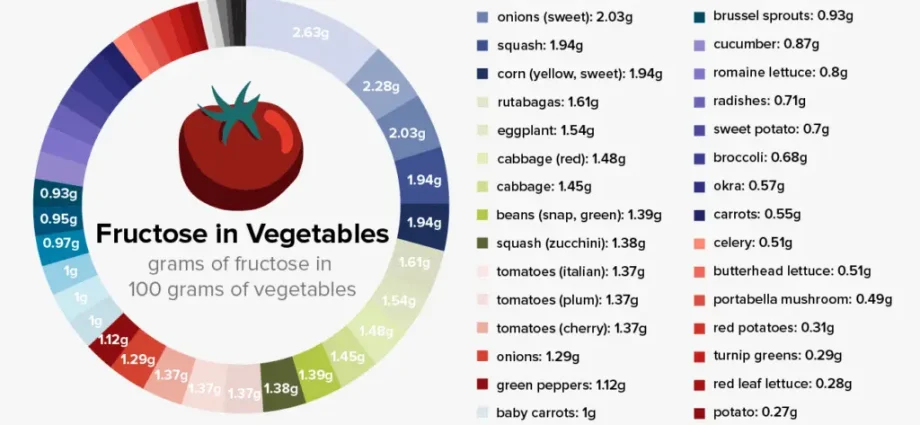Contents
Recurring abdominal pain, gas and diarrhea can be symptoms of fructose intolerance, the sugar found in fruits and vegetables. Fortunately, you do not have to completely remove them from your diet, because there is a preparation available on the market that turns intolerant fructose into easily digestible glucose in the intestines.
If you have gas, stomach ache and sometimes diarrhea after consuming the fruit, you may suffer from fructose malabsorption, which is a type of acquired carbohydrate intolerance. To avoid these unpleasant ailments, you should eliminate almost all fruits and many vegetables from your diet. Meanwhile, they provide our body with the necessary vitamins and minerals. A very helpful solution in this situation is the medical device FRUCTOsolv®, which has recently been available in pharmacies.
When fructose ferments
Fructose is a simple sugar that occurs naturally in fruits and vegetables. It is absorbed in the small intestine where it enters the bloodstream. However, if it enters the large intestine, it becomes food for bacteria and ferments, causing a number of unpleasant symptoms. As a result of bacterial fermentation of fructose, gases are formed – methane, hydrogen, carbon dioxide. It is they that cause flatulence, nausea, abdominal pain and even headaches. The accumulation of gas may aggravate the symptoms of gastroesophageal reflux disease. The short-chain fatty acids also produced in the fermentation process accelerate peristalsis, which often results in diarrhea.
Why am I fructose intolerant?
The cause of fructose intolerance is not fully understood. The fact is that consumption has increased tremendously in recent years as the food industry has started using glucose-fructose syrup to sweeten drinks and many other products such as ketchup. In ordinary sugar, glucose and fructose molecules are linked together, in syrup they are separate. It is suspected that fructose malabsorption causes too little of the GLUT-5 protein, which transports fructose across the cell membrane that lines the gut. If it is missing or not functioning properly, fructose absorption becomes impossible.
Diagnostic possibilities
Fructose malabsorption is diagnosed on the basis of symptoms and a careful list of the food consumed, followed by symptoms. Fructose intolerance can be confirmed with the hydrogen breath test. After oral administration of fructose, the content of the exhaled air is tested. If there is more than normal amount of hydrogen in it, it means that the sugar in the large intestine has triggered the production of hydrogen, which is not normally produced by our body.
An elimination diet can be poor
Eliminating fructose-containing foods means doing away with fruits and many vegetables. The list of prohibited products also includes juices rich in vitamins and minerals. The process of heat-treating vegetables reduces the amount of fruit sugar, but this means that you cannot eat healthy salads and fresh fruit and vegetables. Products containing less fructose and those in which it is balanced with an adequate glucose content are slightly better tolerated. These are coarse-seeded fruits, such as plums and peaches.
How to eat healthy and not suffer?
Fortunately, there is a substance that can turn intolerant fructose into highly digestible glucose. It’s xylose isomerase. However, it is not produced by our body. FRUCTOsolv®, available in a pharmacy, is a medical device containing xylose isomerase, thanks to which fructose is eliminated in the small intestine, which prevents symptoms of malabsorption disorders. Just take the capsule 15 minutes before a meal and when the fructose has reached the intestines, the xylose isomerase will be active. One capsule of FRUCTOsolv® is enough to neutralize about 6,2 g of fructose. Depending on your total fructose intake, take 1 to 2 capsules up to 3 times a day.
The product will soon be available in pharmacies










